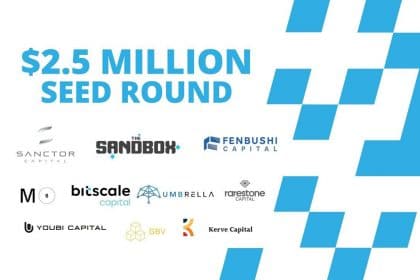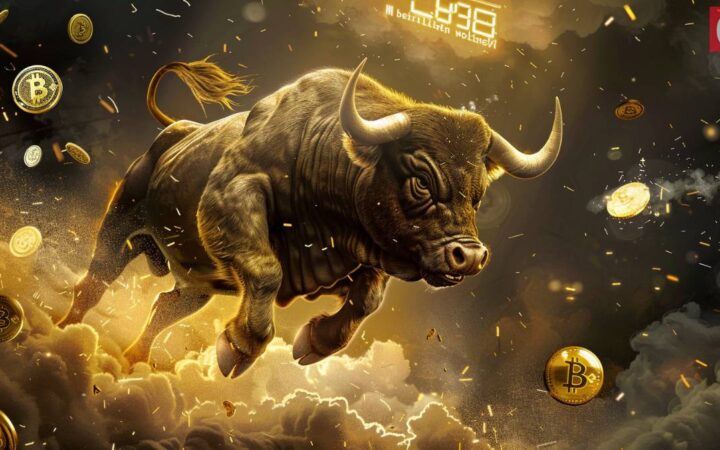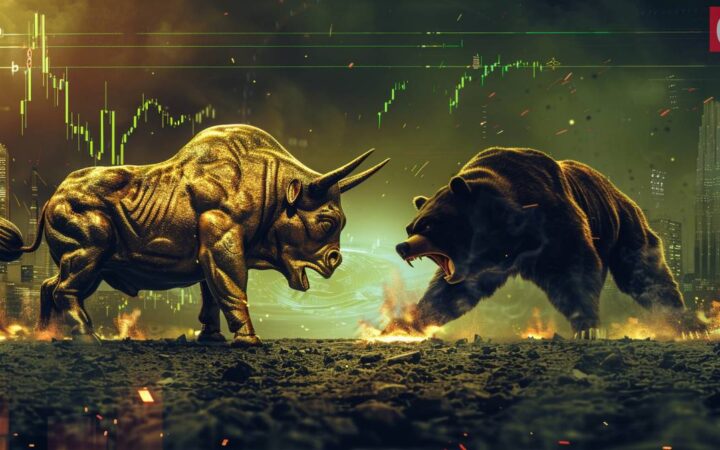
SandStorm Unveils New Bridge Between Brands and Metaverse

Not content with being the world’s largest weekly metaverse event, SandStorm has created a new platform to connect brands with VR builders.
Built on Polygon and Ethereum, the live platform and NFT marketplace will be demoed for the first time at the upcoming South by Southwest event in Austin, Texas (March 11-20).
A Brand-Focused Metaverse Marketplace
Geared towards both up-and-coming and long-established brands, SandStorm acts as a gateway to the metaverse, bringing companies into the orbit of experienced Web3 builders who can help them carve out a presence in immersive digital worlds such as The Sandbox. Already home to over 500 builders and 50 brands, SandStorm will also provide clients with a dedicated account manager to ensure they make an impact.
The first platform expressly created to connect brands with metaverse builders, SandStorm also enables artists – both individuals and those belonging to creative studios – to tout themselves for business. An integrated marketplace will operate similarly to OpenSea, only brands will be the ones browsing the NFTs rather than regular collectors. Non-fungible tokens must also be metaverse-ready, with the layer-2 technology that powers SandStorm allowing creators to cheaply mint NFTs in VOX and VXM formats.
SandStorm CEO Steve McGarry praised the “all-star investors” who recently pledged $2.5 million to the company during a seed round, adding:
“There has been an overwhelming demand from the NFT community as we’ve grown organically to reach over 3 million people each month pre-launch. We have 50 brands along with over 500 builders lined up to get verified, and we’re ready to give the NFT community what they’ve asked for.”
Since October, SandStorm has been dispensing monthly prizes to creative talents submitting NFTs through the platform’s Builder Program. Each month, winners received some 10,000 SAND tokens, the native asset of metaverse project The Sandbox, a long-time supporter of SandStorm. These creators will be the first builders that brands see when the curtain is raised on the beta version of the platform at SXSW.
The Sandbox CEO Sebastien Borget acknowledged the industry’s need for “a platform to connect [brands] to Builders, Agencies, Architects, Designers, Community Managers and thousands of providers in this open ecosystem” and said he was “thrilled to invest in the SandStorm platform, which offers a decentralized solution for matching these needs and additionally providing visibility to projects through meetups and social events in the metaverse.”
SandStorm will offer tiered packages to brands according to their commitment to metaverse marketing. At the lower end of the scale, small brands can advertise their business to the denizens of virtual reality (mostly gamers) via branded billboards and weekly social promotion. The bells-and-whistles Tsunami package, meanwhile, represents a turnkey service comprising things like custom animated NFTs and a fully immersive build in the SandStorm social hub.
Embracing Digital Evolution
Several brands with sufficient resources have already embraced the potential of the metaverse in terms of opening up revenue streams and creating memorable experiences for consumers.
Last year, Coca-Cola issued a selection of branded NFTs on the Veve marketplace, generating over $1m in the process. Movie studio Warner Bros. Pictures even hosted a virtual party in the Roblox metaverse with the purpose of promoting its cinematic release In The Heights.
For some brands though, the complexity and cost of the metaverse is off-putting. SandStorm is aiming to lower barriers to entry while incentivising competition among a growing community of digital artists. Needless to the say, The Sandbox will be a supported venue – although SandStorm is platform-agnostic, meaning brands can penetrate other metaverses too.
The convergence of blockchain-based gaming, advertising and cryptocurrency could open up revenue opportunities approaching $800 billion by 2024, and those brands who craft meaningful experiences in virtual reality are the most likely to profit.
Disclaimer: This publication is sponsored. Coinspeaker does not endorse or assume responsibility for the content, accuracy, quality, advertising, products, or other materials on this web page. Readers are advised to conduct their own research before engaging with any company mentioned. Please note that the featured information is not intended as, and shall not be understood or construed as legal, tax, investment, financial, or other advice. Nothing contained on this web page constitutes a solicitation, recommendation, endorsement, or offer by Coinspeaker or any third party service provider to buy or sell any cryptoassets or other financial instruments. Crypto assets are a high-risk investment. You should consider whether you understand the possibility of losing money due to leverage. None of the material should be considered as investment advice. Coinspeaker shall not be held liable, directly or indirectly, for any damages or losses arising from the use or reliance on any content, goods, or services featured on this web page.




